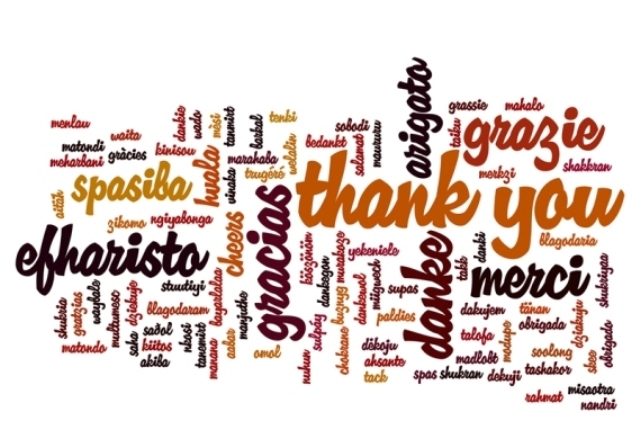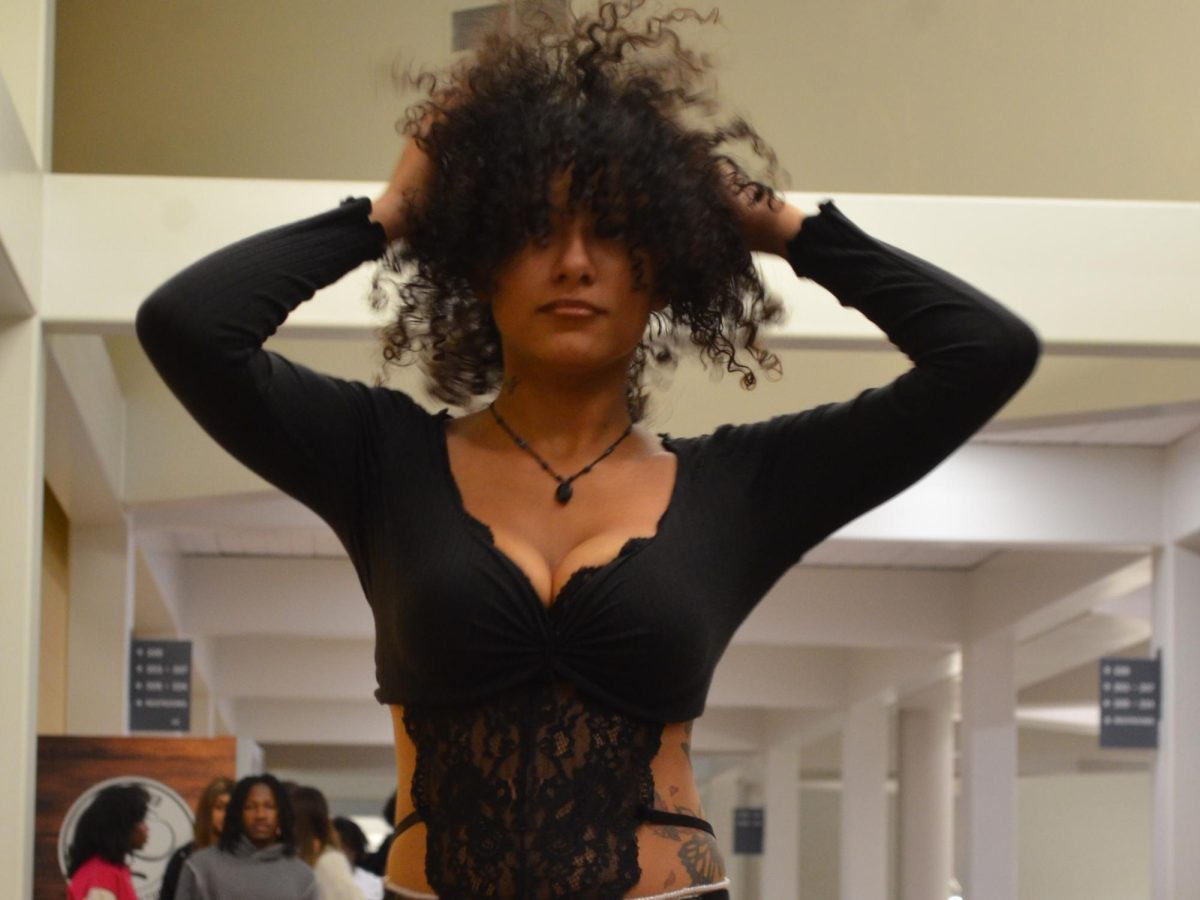The first snow has fallen, a chill is in the air and winter has begun. For some, this could mean snuggling up with man’s best friend, a roaring fire and a cup of cocoa. For others, this could mean hitting the slopes and shredding the season’s first powder.
But for a particular group of people, this means the onset of what is commonly mistaken for “the winter blues.” Seasonal Affective Disorder, or SAD, is a seasonally-based depression. Just as the last leaves of fall are tumbling down, so are the moods of those affected. SAD is much more than a sigh of remorse at the arrival of hibernation season. For people suffering from SAD, winter becomes a time of depression and melancholy moods.
SAD carries side effects that parallel depression, like sleep trouble, overeating and loss of energy. SAD can also upset a person’s appetite and hurl him or her into ferocious mood swings.
This is the difference that separates the “winter blues” from SAD. The winter blues affects over half as many people as SAD.
The problem occurs when the winter blues moves from mild snowfall to a hailing blizzard. SAD can change a person’s mood faster than Bowling Green can change its weather. SAD also dishes out unpleasant affects on an individual’s interpersonal relationships.
There are times when I feel that SAD does not receive the attention it deserves. True, it is a lot nicer to think of holiday festivities rather than depression. But SAD needs light shown upon it, literally.
SAD is thought to occur because of vitamin deficiencies resulting from the lack of sunlight experienced in winter. Although, if you live in Columbus, like I do, I suppose we are all vitamin deficient. It’s a lucky day if the sun shines on Columbus.
So if you’re looking to treat your SAD(ness) don’t come to Columbus. Instead, go tanning. Light therapy and exposure to UV rays have proven effective for treating SAD.
Another frustrating part of SAD is the way in which it messes with your sleep cycle. SAD tinkers around in your biological clock, waking you at obscure hours of the night. Light therapy has also been proven effective in alleviating this symptom.
If not identified and treated, SAD can become detrimental to an individual’s daily routine. The inability to get up in the morning can keep students from going to class. It can keep the working populace from showing up to their 9-to-5 jobs.
Winter in Bowling Green proves to be more like frozen tundra than a winter wonderland. But, there are still ways to enjoy ourselves and keep the SAD(ness) away. Go outside and play in the snow. Who says you have to be a 5-year-old to enjoy building a snow fort? There are no age limits on snowball fights. Enjoy nature’s greatest reusable toy!
And if you’re more Grinch than Christmas Elf and can’t bring yourself to frolic in the snow, engage in other activities to keep the SAD(ness) at bay. Thanksgiving doesn’t have to be the only time for giving thanks. Appreciate the long break at home with your family. Take advantage of the time you get to spend with them.
The holidays are truly one of the most wonderful times of the year. If you feel SAD, instead of Jack Frost nipping at your nose, seek out ways to alleviate your symptoms. I wish everyone the happiest and safest of holidays and a brilliant new year!







